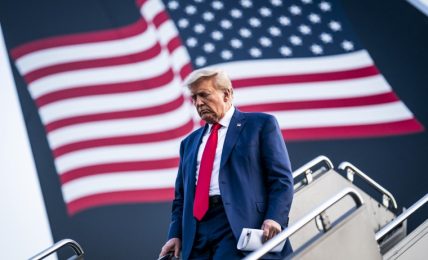Two out of three Americans don’t know the true meaning of Independence Day.
That’s according to a new OnePoll survey that tested the patriotic knowledge of 1,000 US respondents, 99 percent of whom identified as either a born or naturalized US citizen.
When asked what the Fourth of July is meant to officially commemorate, only 59 percent gave the correct answer: “The signing of the Declaration of Independence.”
Although 41 percent got the question wrong, 22 percent came close, choosing “The establishment of the United States as an independent nation.”
Similarly, only 45 percent correctly answered the year the very first organized celebration of independence took place: 1777, a year after the Declaration of Independence was signed in 1776.
“At night there was a grand exhibition of fireworks (which began and concluded with thirteen rockets) on the Commons, and the city was beautifully illuminated,” The Pennsylvania Evening Post reported of the event.
Where the rest of the survey was concerned, however, many respondents did well in their understanding of US history and Civics, answering a series of questions that are often used in the US Citizenship Test.
A whopping 82 percent correctly answered that the Commander in Chief of the military is the president, and a similar percentage (82 percent) identified the Star Spangled Banner as the title of the national anthem.
But some basic civics lessons still eluded those polled; for example, only 65 percent knew that there are nine members of the Supreme Court, which is currently in session.
Another 40 percent didn’t know that the “right to bear arms” is a part of the second amendment rather than the first – and 11 percent mistakenly believed that “freedom of speech” was not part of the first amendment at all.
Most read in The US Sun
Prior to the test, only 61 percent claimed to be very knowledgeable about US history.
At the end 73 percent believed they got either most or all of the questions correct, suggesting that they were more confident in their abilities after the test.


